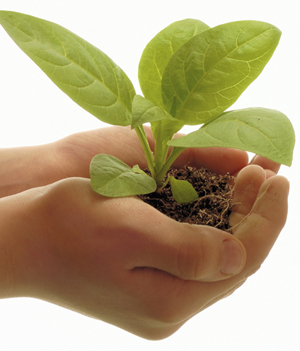10 Ways to Observe National Invasive Species Awareness Week in Florida

February 26 – March 3, 2012 What is an “Invasive Species”? It is a non-native plant, animal, fungus or other organism whose arrival causes or is likely to cause economic harm, environmental harm, or harm to human health. These “invaders” are aggressive species which grow and reproduce rapidly, causing major problems to the new areas in which they thrive. National Invasive Species Awareness Week includes activities, briefings, workshops and events across the United States. It is focused on creating solutions to address invasive species prevention, detection, monitoring, control, and management issues at local, state, tribal, regional, national and international scales. Check www.nisaw.org for more details and further developments! 10 Ways to Observe NISAW in Florida Research invasive species. 1. Do Some Research: You don’t even have to leave the comfort of your own home. Get on the internet and find out what’s invasive in your a...







